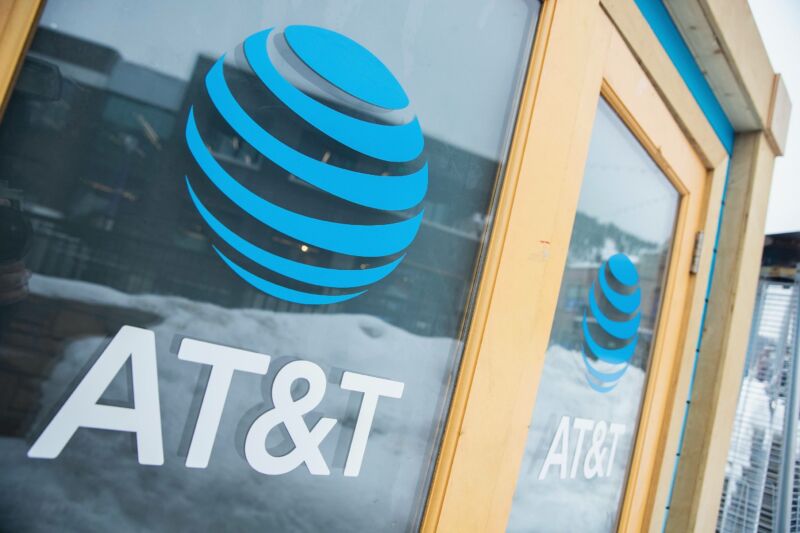

Getty Images | Mat Hayward
AT&T’s WarnerMedia division is planning to lay off hundreds of employees in AT&T’s latest cost-cutting move. « Warner Bros. is expected to commence layoffs of around 650 people starting Monday, according to people familiar with the matter, while HBO is seen shedding between 150 and 175 staffers. A WarnerMedia spokesman declined to comment, » Variety reported yesterday.
The numbers quoted in Variety may be a bit too high. A source with knowledge of the AT&T layoffs told Ars that the real number is about 600 jobs across all of WarnerMedia, which includes Warner Bros., HBO, and Turner.
The layoffs come days after WarnerMedia CEO Jason Kilar announced a shakeup including the departure of three executives and an increased focus on AT&T’s new HBO Max streaming service. Kilar detailed the changes in an internal memo published by CNBC on Friday.
WarnerMedia revenue fell across the board
In its Q2 2020 earnings report, AT&T said that HBO revenue was « $1.6 billion, down 5.2 percent year over year, reflecting a decrease in subscription revenues and content and other revenues. » HBO operating expenses were « $1.5 billion, up 32.5 percent year over year, primarily due to higher programming costs and expenses related to HBO Max. » HBO operating income was $113 million, down 80.3 percent.
Warner Bros. revenue in Q2 was $3.3 billion, down 3.9 percent year over year partly because of « the postponement of theatrical releases due to closure of movie theaters, » AT&T said. Warner Bros. operating income rose 43.9 percent to $633 million, however, as the unit’s operating expenses declined 11.1 percent to $2.6 billion « primarily due to the production hiatus and lower marketing expenses. »
Turner’s Q2 revenue was $3 billion, « down 12.4 percent year over year due to a decrease in advertising and subscription revenues. » Lower revenue from regional sports networks during the pandemic contributed to the decline. Turner operating expenses were $1.4 billion, down 37.2 percent year over year « primarily due to lower programming and marketing expenses associated with the suspension of sports. » Turner operating income was $1.6 billion, up 36.2 percent.
Comcast’s NBCUniversal division is also cutting jobs.
AT&T already cut over 41,000 jobs since 2017
AT&T acquired Time Warner Inc. in June 2018 after defeating a US Department of Justice lawsuit that alleged the merger would lessen competition and raise TV prices. AT&T currently faces a complaint from AMC Networks, which told the Federal Communications Commission last week that AT&T’s DirecTV and U-verse TV services discriminate against AMC while favoring AT&T’s own properties such as HBO. AT&T told the Hollywood Reporter that the AMC complaint is « completely without merit » and that AT&T « treat[s] all programmers fairly and will continue to work with AMC Networks to provide its content at a price that is reasonable to our customers. »
Time Warner had about 26,000 employees at the end of 2017, five and a half months before its acquisition by AT&T was finalized.
Company-wide, AT&T has cut more than 41,000 jobs since the end of 2017, despite lobbying for a tax cut that then-CEO Randall Stephenson claimed AT&T would use to create « 7,000 jobs of people putting fiber in [the] ground. » Those 41,000 jobs don’t include contractors, which AT&T has been shedding as well.
In June 2020, the Communications Workers of America union said AT&T was cutting another 3,400 union jobs from its wireline broadband and phone network operations as well as closing 250 wireless retail stores. AT&T told Ars at the time that it was eliminating an even larger number of non-payroll workers.
AT&T had 243,350 employees as of its most recent earnings report. The company has been trying to reduce its debt load since buying Time Warner. The company’s long-term debt was $153.4 billion as of June 30, 2020, down from $168.5 billion in mid-2018.

